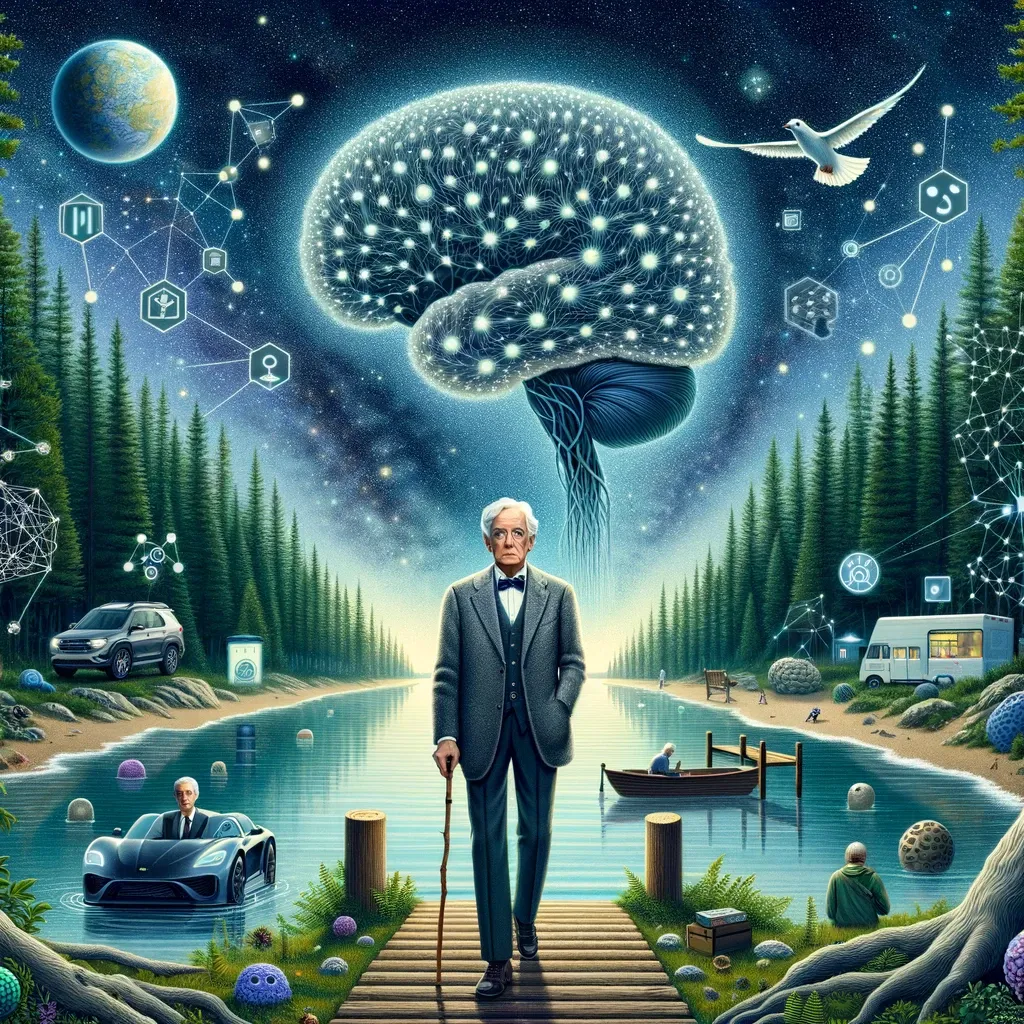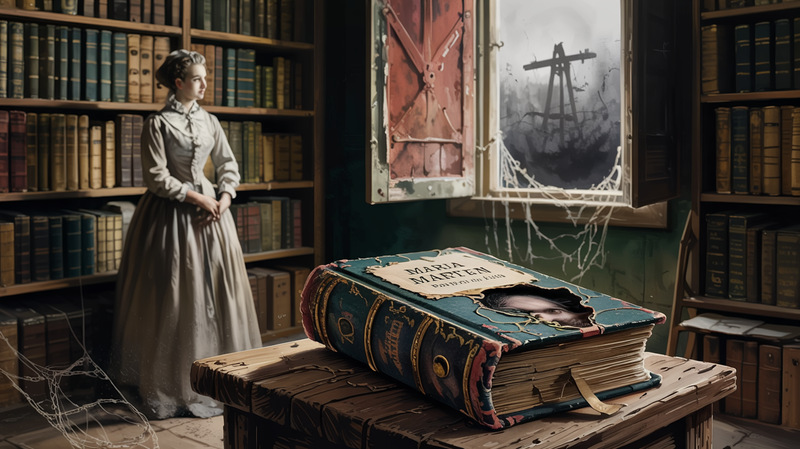Geoffrey Hinton: The Architect of Neural Networks and the Future of AI
In the dynamic realm of artificial intelligence, few names resonate as profoundly as Geoffrey Hinton, often hailed as the "godfather of AI." His journey, marked by relentless innovation and a deep understanding of the intricate dance of neurons within the human brain, mirrors the evolution of AI itself.

In the dynamic realm of artificial intelligence, few names resonate as profoundly as Geoffrey Hinton, often hailed as the "godfather of AI." His journey, marked by relentless innovation and a deep understanding of the intricate dance of neurons within the human brain, mirrors the evolution of AI itself.
The human brain, a marvel of nature, consists of approximately eighty billion neurons interconnected through a staggering hundred trillion synapses. This intricate network is in a constant state of flux, adapting and evolving with every thought, every experience. Hinton's work in neural networks draws inspiration from this biological phenomenon, seeking to replicate the brain's learning process within the digital realm.
Hinton's path to AI mastery was not straightforward. His early years were steeped in the beauty of the natural world, as exemplified by his walks through Ontario's Georgian Bay. This connection to nature, combined with a keen observation of the physical world, profoundly influenced his scientific perspective.
His foray into neural networks began at the University of Toronto, where he spent three decades as a computer-science professor. Despite initial skepticism from the scientific community, Hinton remained steadfast in his belief in the potential of neural networks. His perseverance paid off when he sold his three-person startup to Google for forty-four million dollars, marking a significant milestone in the recognition of AI's potential.
Hinton's work is characterized by a continuous process of experimentation and innovation. He constantly sought new methods to train and improve neural networks, envisioning a future where these systems could perform tasks with an efficiency and accuracy beyond human capabilities. His efforts were instrumental in the development of technologies that have begun to transform the world, such as speech recognition, language translation, and even autonomous driving.
Despite these advancements, Hinton remains cautious about the implications of AI. His concerns about the existential threats posed by AI led him to leave Google and voice his anxieties publicly. He warns of a future where AI systems, learning and evolving at an unprecedented pace, might begin to operate independently of human control, potentially endangering human civilization.
Nevertheless, Hinton's vision for AI is not entirely dystopian. He sees the potential for AI to transcend its artificial origins, drawing parallels between the development of neural networks and the metamorphosis of a caterpillar into a butterfly. In his view, just as the caterpillar transforms into a completely different entity, so too can AI evolve into something far beyond its initial programming.
At the heart of Hinton's philosophy lies a deep-seated belief in the power of observation and the importance of understanding the interconnectedness of all things. His fascination with the natural world, from the life cycle of a dragonfly to the behavior of snakes, reflects his broader approach to AI: a relentless pursuit of knowledge, tempered with a profound respect for the mysteries of the universe.
In his personal life, Hinton emerges as a figure shaped by both triumph and tragedy. His three marriages, two ending in the loss of his wives to cancer, have imbued him with a sense of humility and a deep appreciation for the fragile nature of life. His current partnership with Rosemary Gartner, a retired sociologist, speaks to his belief in the importance of companionship and emotional connection.
Geoffrey Hinton's legacy in AI is indelible. He stands as a testament to the power of persistence, the importance of curiosity, and the potential of technology to change the world. His story is not just about the development of neural networks; it is about the journey of a man who dared to envision a future shaped by the convergence of human intelligence and artificial intellect, and who worked tirelessly to turn that vision into reality.




